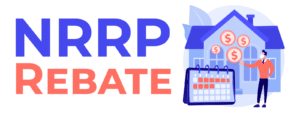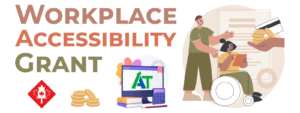Author Archives: Advanced Tax
New Residential Rental Property Rebate
Unlocking Savings: The New Residential Rental Property GST Rebate Guide There have been some important[Read More]
23
Nov
Nov
Underused Housing Tax Guide
Diving into the Underused Housing Tax: A Comprehensive Guide for Canadians In the realm of[Read More]
17
Nov
Nov
The Workplace Accessibility Grant
Navigating the Workplace Accessibility Grant: A Path to Inclusive Business Operations Your business could be[Read More]
08
Nov
Nov
Business Cash Flow Management
Optimizing Business Cash Flow Management: A Vital Aspect for Canadian Business Owners In the contemporary[Read More]
26
Oct
Oct
Maximizing Clean Energy Tax Credits
Harnessing Canadian Clean Energy Tax Benefits for Your Business Environmental sustainability is a growing concern[Read More]
19
Oct
Oct





